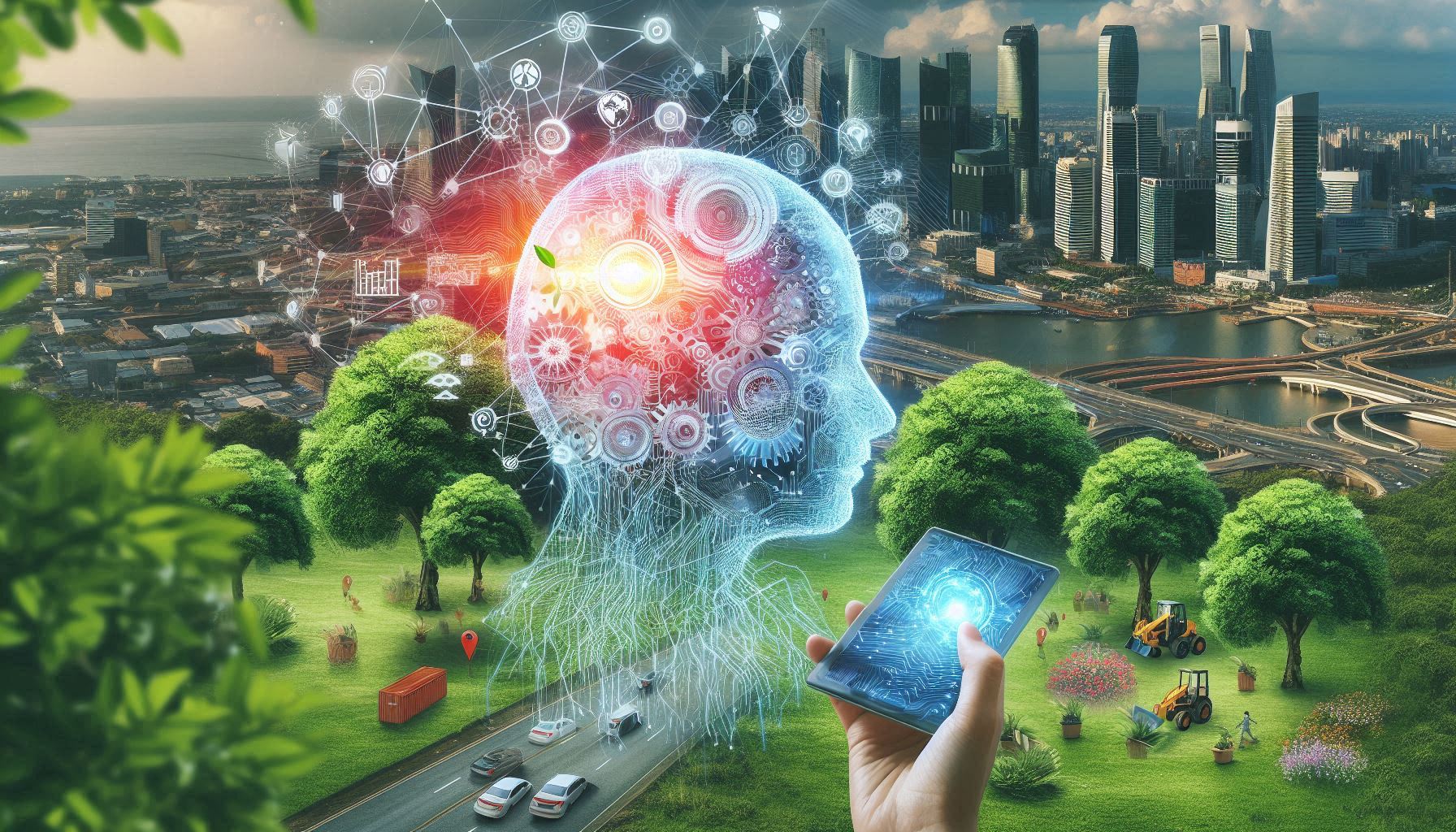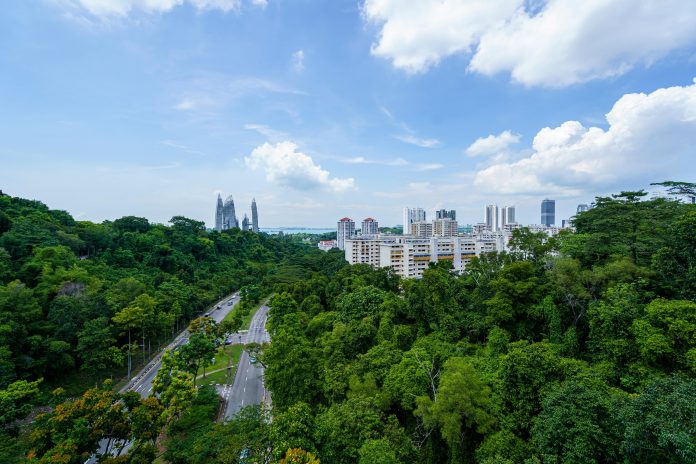Artificial intelligence is changing how we approach sustainable design. From architecture to fashion, AI offers fresh solutions for eco-friendly living. Solutions are currently available that optimize resources and cut waste like never before.
Curious about the future of design? Read on.
In this piece, we’ll explore AI’s role in creating a greener world. You’ll find practical examples and actionable insights that can make a real difference today.
So let’s dive into how technology is making sustainability smarter and more efficient.
AI in Sustainable Architecture: Smarter Buildings

Long gone are the days when buildings were designed without considering their environmental impact. Today, architects leverage AI to create smarter, more sustainable structures.
AI tools like Autodesk’s Spacemaker optimize building designs by analyzing data on energy use and materials. They predict future energy needs, ensure efficient resource usage, and integrate renewable energy solutions.
And from the look of things, you can expect further advancements as technology around Artificial Intelligence evolves.
Some current applications:
- AI tools assess thermal efficiency.
- Machine learning improves natural light utilization.
- Predictive algorithms suggest eco-friendly materials.
Each of these points represents how AI refines architecture for sustainability. Enhanced predictive models foresee maintenance needs, reducing waste from repairs. Smart systems adjust heating and cooling dynamically based on real-time occupancy data.
By incorporating advanced AI techniques into architectural design, we’re not only creating greener buildings today but also paving the way for even more intelligent solutions in the future.
Eco-Friendly Graphic Design Powered by AI Tools

Graphic design has traditionally involved substantial waste of paper and ink before finalizing artwork. Enter tools like Canva’s free AI art generator, transforming this process.
With these tools, you can generate precise designs from simple text prompts, reducing the need for multiple drafts and wasted resources. Unlike traditional methods requiring physical materials, these generators create digital art efficiently and sustainably.
But that’s not all. You can also use these eco-conscious designs to advocate sustainability in campaigns. For instance, an NGO could utilize digitally created infographics to highlight environmental issues without adding to paper waste.
In essence, AI-powered graphic design promotes both creativity and resource conservation. This makes it a vital part of sustainable practices moving forward.
Fashion’s Green Revolution with Artificial Intelligence

The fashion industry is notorious for its environmental impact, but AI is driving a green revolution. For starters, AI can now minimize errors in sizing by using data-driven algorithms to ensure apparel fits the intended wearer perfectly, significantly reducing fabric waste from returns and unsold stock.
AI-powered tools also brainstorm the best fabrics for specific designs, optimizing resource use and promoting sustainable materials. Predictive analytics forecast demand accurately, preventing overproduction and excessive inventory that often ends up in landfills.
Additionally, virtual prototyping allows designers to visualize and tweak creations digitally before producing physical samples. This approach not only saves resources but also speeds up design cycles.
By leveraging these advancements, AI’s role in fashion design and sustainability becomes increasingly crucial for creating an eco-friendly future in this industry.
Reducing Waste in Manufacturing Using Machine Learning

Waste, particularly solid waste, has been a persistent challenge and a significant obstacle to sustainability. But AI, thankfully, is also revolutionizing waste management in various sectors, and one of them happens to be manufacturing.
How?
In product design, AI-driven analytics identify the most efficient materials and methods for production. This minimizes material wastage and ensures sustainability by optimizing resource allocation. Machine learning models predict potential defects early in the production process, reducing scrap rates and enhancing quality control.
Additionally, real-time data monitoring helps streamline supply chains, cutting down on unnecessary inventory that could otherwise turn into waste. Future advancements might include more sophisticated predictive maintenance systems that prolong machinery lifespan while decreasing energy consumption.
Through these innovations, AI reduces carbon footprints and drives sustainable practices within manufacturing.
Smart Urban Planning for Sustainable Cities

As urbanization soars and the world continues to embrace smart cities, efficient planning remains critical. AI-driven technologies play a pivotal role in designing sustainable urban environments by optimizing infrastructure, reducing waste, and improving quality of life.
Examples include:
- Creating efficient & sustainable infrastructure layouts, from road networks to utilities and green spaces for enhanced urban livability.
- Predictive environmental impact assessments.
- Simulating/predicting traffic patterns for reduced congestion.
- Designing intelligent waste management systems.
By integrating these applications into urban planning, city planners can ensure resources are utilized optimally. For instance, predictive traffic models help minimize emissions by reducing idling times. Environmental impact assessments guide development to avoid ecologically sensitive areas.
These innovations showcase AI’s potential to revolutionize city planning for sustainability while catering to the growing demands of modern urban life.
A Greener Future with AI in Design? Definitely!
AI’s transformative role in sustainable design spans various fields, from architecture to urban planning. It fosters smarter resource use and innovative solutions for a greener future.
As technology evolves, AI will undoubtedly continue driving sustainability efforts, creating eco-friendly practices that are both practical and impactful. The intersection of AI and design is reshaping our world sustainably.











